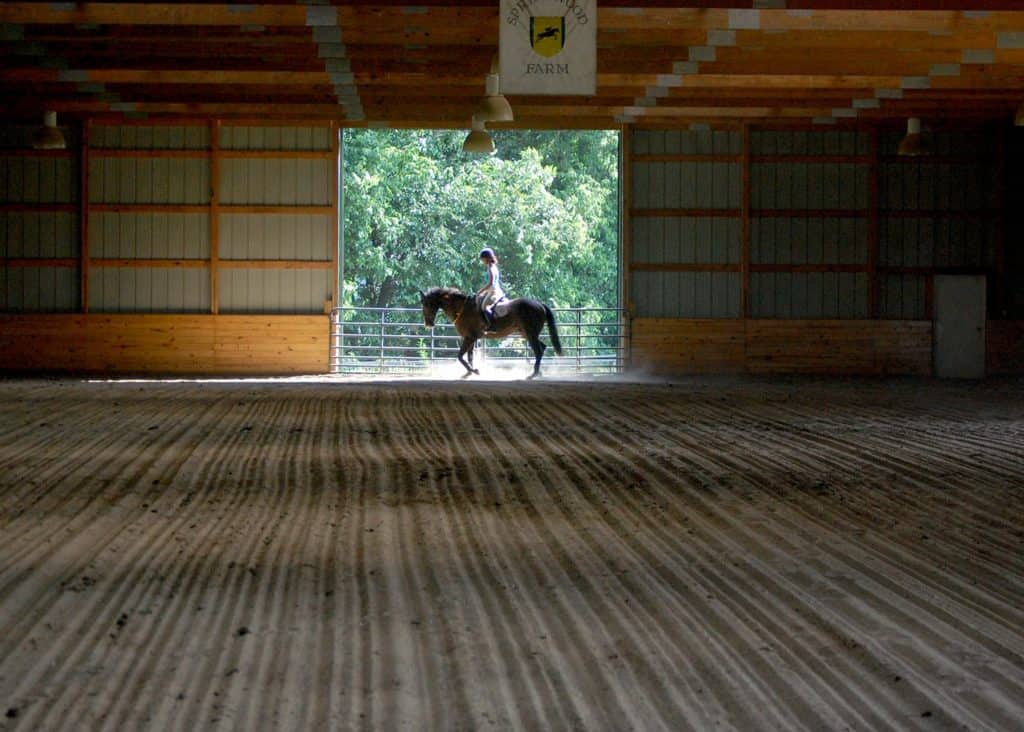
Before You Sell a Horse Property
Barn and farm improvements small and large can boost your property’s appeal to equine real estate buyers.

Barn and farm improvements small and large can boost your property’s appeal to equine real estate buyers.

Popular slideshows included those on skin conditions, horse properties, pasture weeds, the Rio Olympics, and more.
Lecture topics will include vaccinations, disease surveillance, foal nutrition, R. equi, biosecurity, and more.

Many horses are well-equipped to live outdoors and thrive, provided certain provisions are met. Here’s what to remember.

Horses for Clean Water’s Alayne Blickle explains how she weighed the need for an indoor arena against the cost.

Three equine professionals offer tips for preparing your animals, facilities, and yourself for the deep freeze ahead.

Maximize safety, soundness, and performance by solving your equine arena surface snafus.

Of the 1,087 respondents, 559 (51%) said they use wood shavings or chips to bed their horses’ stalls.

Of the 1,300 respondents, 558 people (43%) said they keep their horse at home, where they do not have an indoor arena.

Of the 545 respondents, 175 (32%) said they will add gravel and/or sand for high-traffic areas on their farm this fall.

Cleaning and disinfecting stalls is critically important for biosecurity, especially in controlling disease outbreaks.

Consider these pointers for selecting horse-friendly land, facilities, and communities.

Of the 1,296 respondents, 571 (44%) said they would build their dream barn with lottery winnings.

Practical ways to improve your horse’s welfare, based on discoveries from the growing field of equitation science.

Of the 299 respondents, 196 (66%) said they use a sprinkler or water to help control arena dust.

Dreaming of an arena? Alayne Blickle (Horses for Clean Water), Donna Foulk (PSU Equine Extension), and Michelle Anderson (The Horse) share their experiences.
Stay on top of the most recent Horse Health news with
"*" indicates required fields